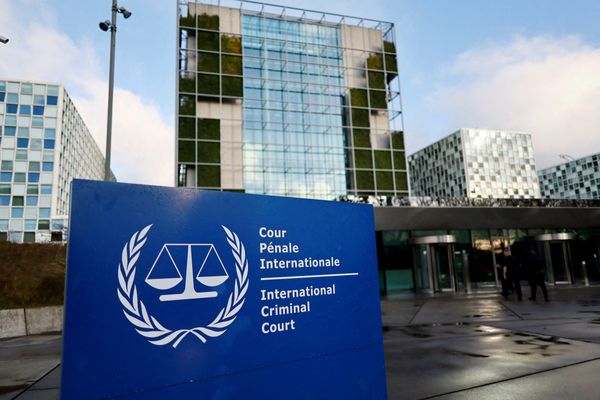
Last month, I made my first visit to the Smithsonian National Museum of African American History and Culture in Washington, D.C.
It surely won’t be my last. It was a breathtaking experience.
Despite being there for three hours, I only made it through the lowest level of the museum, which documents the Black experience in America from slavery through the Reconstruction Era. I was mesmerized by the depth and detail of what I witnessed.
I was deeply moved as I slowly walked through the exhibits, stopping frequently to read and hear personal accounts of the atrocities Black people faced — and the triumphs they achieved — during their first 250 years on American soil.
It was a history with which I am very familiar, but there was something about taking it all in at once. It was overwhelming. I’m sure that for the hundreds in attendance that day — including the many white, Asian, Latino and other visitors who were not Black — it was impossible to miss the magnitude of what it all meant … that despite the enormous obstacles, Black people endured, survived and even thrived.
As I walked through the museum, just a mile-and-a-half away, members of Congress were in the process of passing legislation to create the Bronzeville-Black Metropolis National Heritage Area.
The designation is the culmination of a decades-long effort that will help preserve and revitalize the historic neighborhood that served as the primary birthplace of Black Chicago.
The heritage area will help preserve more than 200 historical sites in the designated area, which, in parts, stretches north to 18th Street, east to Lake Michigan, south to 71st Street and west to Canal Street.
It is also viewed as a way to celebrate Bronzeville — for its contributions to Black achievement in arts, business, culture, politics and sports — and to serve as a monument to the Great Migration, which brought half a million African Americans to the city from the South in the decade or so following World War I.
But there’s a lot more for us to take away from this.
My hope is that what the national museum captures of the Black experience in America, the national heritage area will do for the Black experience in Chicago.
The Black folks who ventured north to Chicago during the Great Migration — with most of them settling in Bronzeville — were among a special breed. After surviving the horrors of in-your-face southern racism, they left everything behind in search of a better life and headed to Chicago, where they endured a more subtle but equally devastating brand of northern racism.
And, yet, despite segregation, race riots, restrictive covenants, redlining, contract buying, disinvestment, and, oh yeah, even more segregation, Black Chicagoans have persevered.
Among them are the iconic names we all know, like Ida B. Wells, Lorraine Hansberry, Muddy Waters and Oscar DePriest, just to name a few. But they also include scores of nameless and faceless Black Chicagoans who’ve overcome all of the above to raise families, build careers and develop self-reliant and self-sustaining communities.

In the process, they’ve crafted a powerful narrative. The national heritage area can help tell that story.
Knowing the history and legacy of Bronzeville shows us what it has meant to be Black while living, working and playing in this city. It also helps explain the current conditions of Chicago’s Black neighborhoods and why we shouldn’t give up on them.
Too many of us undervalue Black Chicago — figuratively and literally — but those who do are overlooking the complete story of Black life in our city, and underestimating the unique resilience of Black Chicagoans.
While it’s been more than a century since the start of the Great Migration, strong connections remain. Most Black folks here can tell you which of their relatives made that trek — and the stories and lessons they took away from their experiences. They’ve inherited the grit their ancestors forged living in tight quarters in a segregated city, and the hustle they were forced to develop in a place that practically invented structural racism. We should never underestimate the mettle of Chi-town Black folk.
The struggles are real — as they have always been — but they remain secondary characters in an otherwise triumphant story.
Alden Loury is senior editor for race, class and communities at WBEZ and writes a monthly column for the Sun-Times.
Send letters to letters@suntimes.com.
The Sun-Times welcomes letters to the editor and op-eds. See our guidelines.







